Aftercare
For a Great-Looking Tattoo, It Takes Two!
Your tattoos appearance depends not only on how it is applied, but also heavily on how you care for it during healing. What you do with your healing tattoo can result in soft, blurry edges and a milky, foggy look or even loss of ink. Follow these steps to keep your tattoo looking its best.
Healing Methods
1. Saniderm Healing:
I do recommend Saniderm aftercare (a breathable thin medical covering that you bring to the session) it provides “a natural heal” without requiring much attention. It allows the skin to breathe while preventing it from getting wet (micro-holes), it also prevents irritation from clothes, dirt and germs. Follow the instructions provided with your Saniderm product.
2. Open-Air Natural Healing:
If you prefer an open-air heal, follow these “Rules of the Game”:
• Keep it dry and leave it alone.
• Don’t submerge it in any liquids, ointment, oils or lotions the entire time that it feels velvety, this is to avoid deep sloughing.
• Don’t scratch, stretch, compress, fold, twist or pick the tattoo.
• Don’t allow it to be touched with anything that may harbor bacteria, keep it free of dirt and away from any potential infection.
• Avoid tight or abrasive clothing.
By keeping the peeling and scabbing thin and superficial, the tattoo will retain its crisp appearance for decades.
Germ Prevention
Spray, spritz, pat, or splash with 70-99% rubbing alcohol 2-3 times a day for the first few days. The quick evaporation prevents deep scabs, as alcohol breaks down the plasma film and the quick evaporation prevents deeply soaking the skin. This method has been used by Japanese tattoo masters for centuries.
What to Avoid
• Avoid Creams and Lotions During Healing:
Using creams or anti-itch lotions can deeply soak the sloughing skin, thickening it and then permanently change the appearance of the final tattoo, “especially” for large sessions. Wetting and soaking will deepen tissue sloughing, thickening the skin and thus give a milky, blurred, or even marbled look.
• Manage Irritations Carefully:
Fabric softeners, sunlight, tight clothing, rubbing, bending, twisting, compressing as well as perfumes and deodorants can all irritate the healing tattoo. Use common sense and detective skills to avoid these irritations.
Education on Healing Stages
• Peeling and Scabbing:
Tattoos naturally scab, peel & slough in the top two & three layers. Avoid touching the tattoo as it heals; unnecessary touching can cause irritation or infection.
• Healing Timeline:
Depending on your body and tattoo session & size, full healing may take a week to a few weeks. Once the tattoo no longer feels like velvet, it’s safe to resume normal activities like swimming.
Long-Term Tattoo Care
• Sun Exposure:
After your tattoo is healed the sun will fade and blur your tattoo over time. High-SPF sunscreen is essential for protecting your tattoo. The SPF number reflects the percentage of UV blocked: a higher SPF provides better protection.
Tip: The best sunblocks are often found in the “Makeup” section, not the “Poolside” section.
Additional Notes
• Sterilization and Safety Standards:
All equipment is sterilized and single-use. Clark uses hypoallergenic nitrile gloves and disposes of all materials after each session. There is no risk of contamination.
• Each tattoo artist has a different hand, each tattooer uses different machines and each tattooer stretches the skin different. Each of these Techniques Require Different Aftercare:
Follow the instructions provided by every different tattoo artist, as techniques, needle taper and machine types vary.
• Natural Healing for Best Results:
Natural, dry healing has proven to work well for Clark’s tattooing method, maintaining crisp lines and vibrant colors.
Your tattoo will take its final form in about a year as the minerals settle into your skin. Following these aftercare steps will ensure a beautiful, lasting piece of art.
